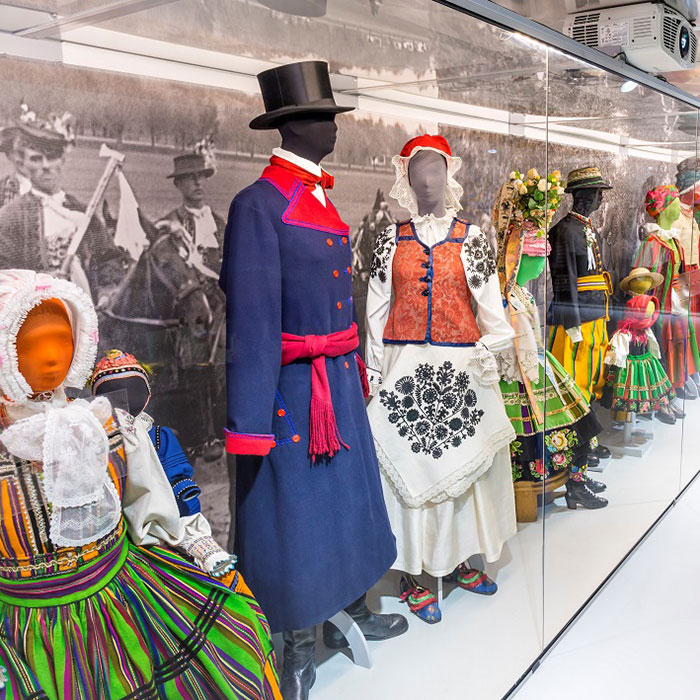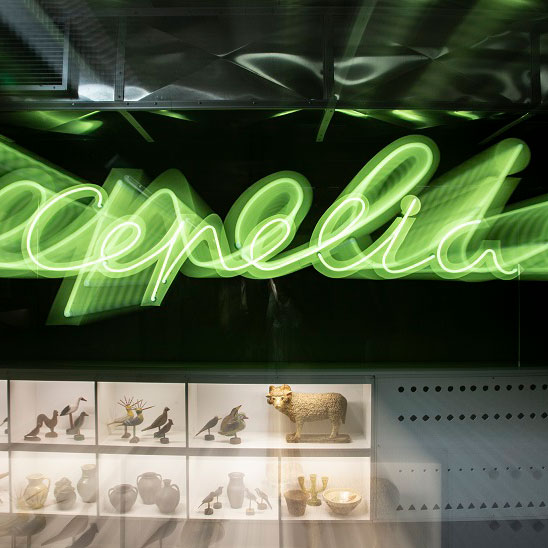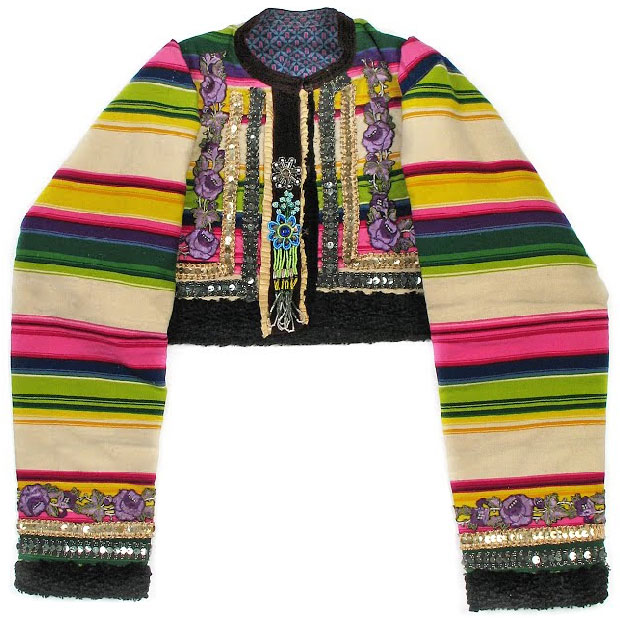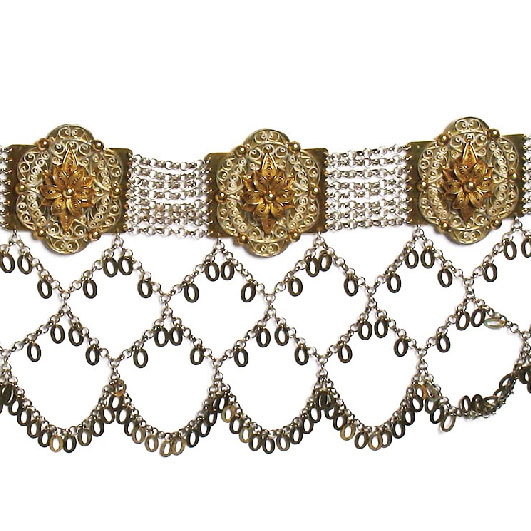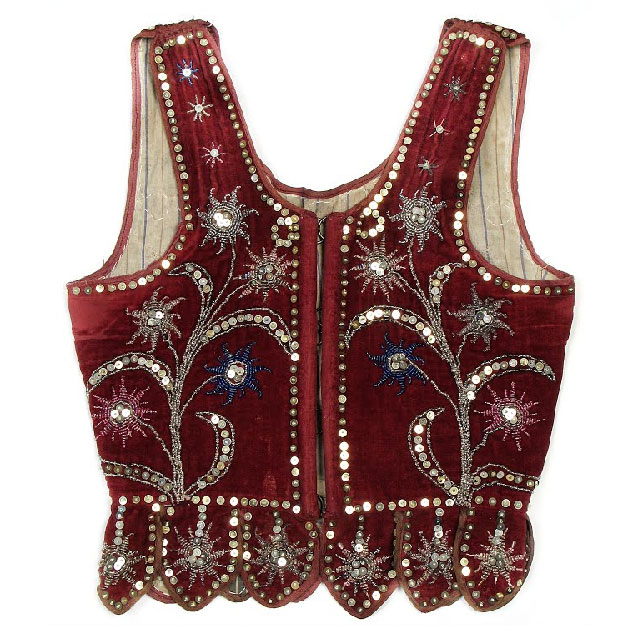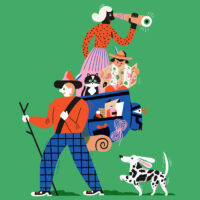A story about rituals, traditions, and objects that belong to different traditions and denominations in Poland and Europe takes up over 850 m² and it is told through thousands of exhibits. The exhibition’s style is very modern and resembles a shopping centre – well-lit interiors, dressed-up mannequins behind glass, drawers full of accessories and ornaments. It puts the traditionally understood notions of “folk” and “rustic” in a new context.
The folk “costume” is the key to the Celebration Time exhibition – a unique set of clothes worn for a feast that involves dancing, music, and rituals. Therefore, the exhibition aims to emphasise the variety of folk costumes by presenting over 100 festive outfits from Poland and Europe as well as a unique in the world collection of European folk dance models with miniature dancers wearing traditional folk costumes. The models were created for the International Exposition of Art and Technology in Modern Life held in Paris in 1937.
While presenting tradition, the exhibition also asks about the importance of folk style in mass culture and reveals the influence of folklore on fashion and applied arts, since the 1930s to our times. A gallery with folk instruments from Poland and other countries allows visitors to listen to now forgotten sounds of the sarangi, gadulki, or bandura. Visually, the atmosphere of rituals is re-created through valuable votive paintings, folk sculptures, Easter eggs, paper cut-outs, Christmas tree decorations and carnival-related items.











